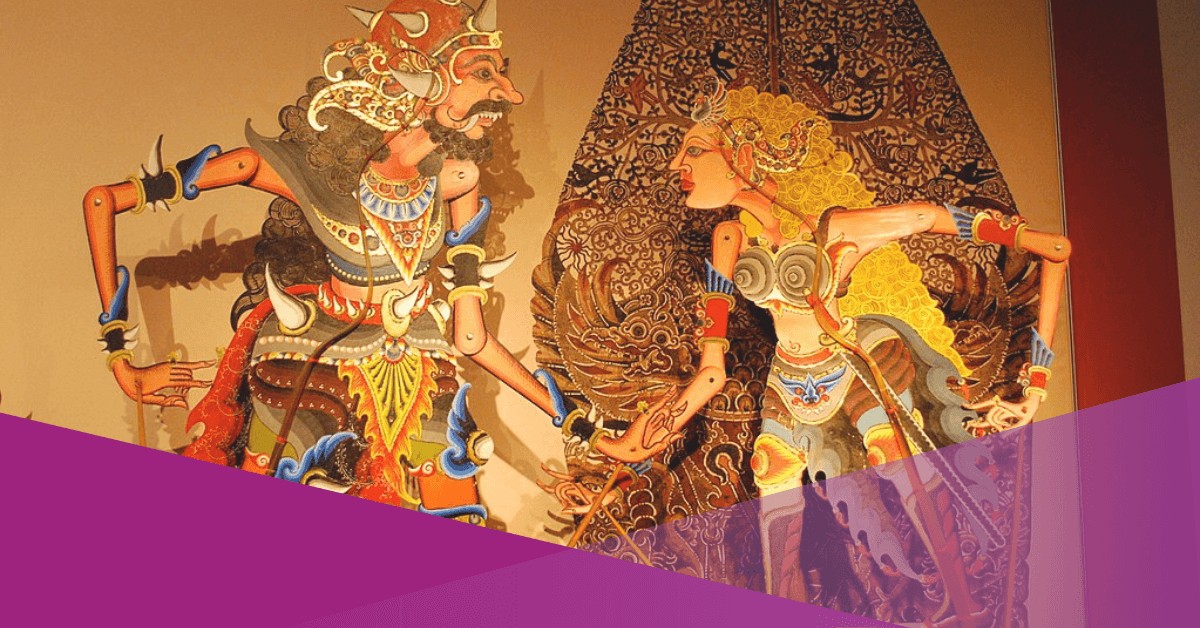Indonesia, a diverse archipelago comprising thousands of islands, is a melting pot of cultures, traditions, and artistic expressions. From vibrant dance performances to intricate batik textiles, the country’s cultural and artistic heritage is as varied as its landscapes. Let us embark on a journey to explore the fascinating world of Indonesian culture and art, delving into its myriad forms and enduring significance.

Cultural Diversity: A Kaleidoscope of Traditions
Indonesia’s cultural landscape is a kaleidoscope of traditions, shaped by centuries of migration, trade, and colonialism. Each region boasts its own unique customs, languages, and belief systems, contributing to the rich tapestry of Indonesian culture.
Ethnic Diversity: A Mosaic of Identities
With over 300 distinct ethnic groups, Indonesia is home to a diverse array of cultures and traditions. From the Javanese in Java to the Balinese in Bali, each ethnic group preserves its own language, rituals, and artistic heritage, fostering a sense of identity and belonging that enriches the nation’s cultural fabric.
Religious Harmony: Unity in Diversity
Religion plays a central role in Indonesian culture, with Islam, Christianity, Hinduism, Buddhism, and indigenous faiths coexisting harmoniously across the archipelago. This religious diversity is reflected in various aspects of daily life, from rituals and festivals to art and architecture, embodying the principle of unity in diversity that defines the Indonesian nation.
Traditional Arts and Crafts: Masterpieces of Creativity
Indonesian traditional arts and crafts are renowned for their beauty, intricacy, and cultural significance, showcasing the craftsmanship and creativity of generations past.
Batik: The Art of Wax-Resist Dyeing
Batik, a traditional Indonesian textile art, involves the application of wax and dyes to create intricate patterns on fabric. This ancient craft has been practiced for centuries, with each region boasting its own distinctive motifs and designs. Recognized by UNESCO as a Masterpiece of Oral and Intangible Heritage of Humanity, batik remains a symbol of Indonesian cultural identity and artistic excellence.
Wayang Kulit: Shadow Puppetry as Cultural Heritage
Wayang kulit, or shadow puppetry, is a traditional Javanese art form that combines storytelling, music, and intricate puppetry. Performances typically depict epic tales from Hindu mythology, such as the Ramayana and Mahabharata, accompanied by gamelan music and narrated by a dalang, or puppeteer. Wayang kulit is not only a form of entertainment but also a means of transmitting moral and spiritual values, making it an integral part of Indonesian cultural heritage.
Performing Arts: Celebrating Diversity and Creativity
Indonesian performing arts encompass a wide range of genres, from traditional dance and music to contemporary theater and film, each offering a unique glimpse into the country’s cultural landscape.
Gamelan: Harmonies of Bronze and Bamboo
Gamelan, a traditional Indonesian ensemble comprising bronze gongs, xylophones, drums, and bamboo flutes, produces mesmerizing rhythms and harmonies that captivate audiences worldwide. With its roots in ancient Javanese and Balinese court music, gamelan remains a cornerstone of Indonesian musical tradition, serving as a symbol of cultural identity and artistic expression.
Kecak Dance: The Chants of Monkey Chorus
Kecak dance, also known as the monkey chant, is a traditional Balinese performance that combines dance, drama, and vocal percussion. Originating from the Ramayana epic, the kecak dance features a chorus of male performers chanting “cak” in rhythmic patterns, accompanied by dramatic movements and gestures that narrate the story of Prince Rama’s quest to rescue his wife, Sita, from the demon king Ravana. With its mesmerizing rhythms and dynamic choreography, the kecak dance continues to enthrall audiences with its vibrant energy and cultural significance.
Contemporary Expressions: Innovation and Evolution
While traditional arts and crafts form the bedrock of Indonesian culture, contemporary artists and creators are exploring new avenues of expression and innovation, blending tradition with modernity to create dynamic works that reflect the complexities of contemporary Indonesian society.
Street Art: Urban Creativity and Social Commentary
Indonesia’s urban centers are vibrant hubs of creativity, where street artists use public spaces as canvases for self-expression and social commentary. From colorful murals depicting local legends to political graffiti addressing social issues, street art serves as a platform for artists to engage with the public and provoke thought and dialogue.
Film and Literature: Stories of Identity and Diversity
Indonesian filmmakers and writers are also making waves on the international stage, producing works that explore themes of identity, diversity, and social change. From critically acclaimed films such as “The Raid” and “The Look of Silence” to bestselling novels like “Laskar Pelangi” and “Beauty Is a Wound,” Indonesian artists are harnessing the power of storytelling to illuminate the complexities of Indonesian society and culture, resonating with audiences both at home and abroad.
In essence, Indonesian culture and art are a testament to the country’s rich heritage, diverse traditions, and boundless creativity. From traditional arts and crafts that have endured for centuries to contemporary expressions that push the boundaries of artistic innovation, Indonesia’s cultural landscape continues to captivate and inspire, reflecting the resilience, dynamism, and beauty of the Indonesian nation.